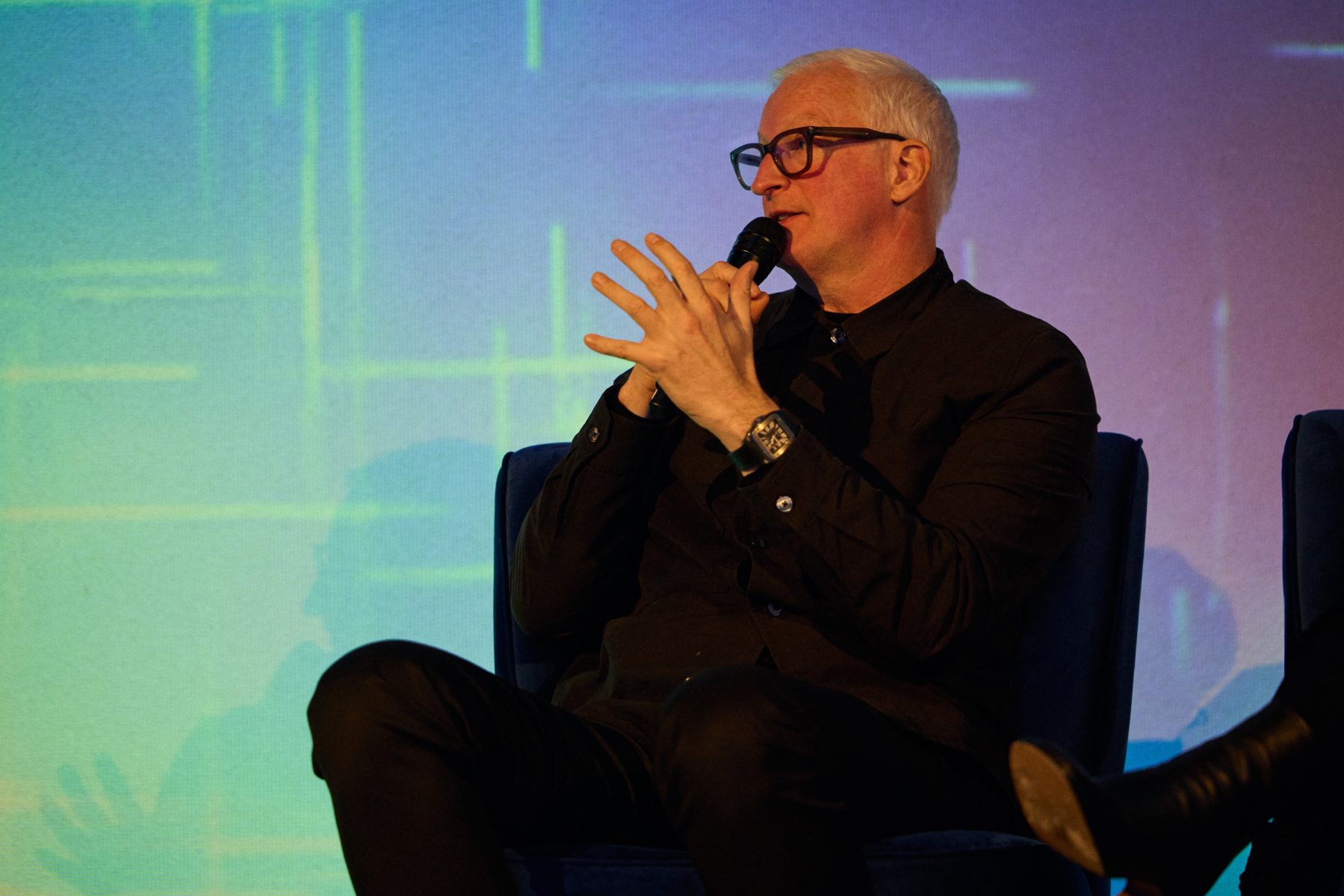Five sustainability lessons and achievements from G7

G7 was an event played out under a global spotlight – with key world leaders as guests, President Biden’s first visit to these shores, the first international event in the UK since the pandemic and, of course, HRH The Queen dropped in.
It also provided a challenging yet attractive opportunity to really stand out as we navigate the sustainable future for live events. Every minuscule element of the entire event was sustainably assessed and audited. And, as guardians of one of the most idyllic bays in Cornwall, if only for a couple of weeks, we all felt an overwhelming sense of responsibility to achieve the ultimate in sustainability.
Our experience and learnings from G7 are now helping inform and confirm all the sustainable measures in place for delivering COP26 in November – with its dedicated climate-change agenda, the stakes on delivering sustainability couldn’t be higher.
So, here’s a quick glance at five practical sustainable actions that can inform any future event:
1. Do we really need it?
For almost everything we or the client look to use, we asked ourselves “do we really need it? Could we do without it? Do we actually need to print, produce, paint, develop, transport XYZ item?” If the answer is “possibly not”, then we didn’t include it. More of anything does not equal better. What does equal better is precise and meticulous planning and being creatively innovative.
2. Buy local – source locally
Never before was this more crucial than when dealing with the remote location of Carbis Bay, Cornwall. For G7, food (of course), plants and greenery (a lot of these were used), as well as services including photography, furniture, printing and manpower were sourced and provided locally. This not only supports the local economy, it also reduces damaging transport emissions. The same approach is being employed for COP26.
3. Choosing materials
Nothing to landfill – ever. All the shell, temporary structures needed to be reusable and when beyond use, entirely recyclable and/or biodegradable. Locally sourced plants were also employed as screening solutions.
Other quick wins were also implemented for G7. There wasn’t a single-use plastic molecule used, and while reducing single-use plastic is an easy win, in reality, it’s low down on the emissions generated by events. Having every supplier sustainably audited well in advance to ensure they meet strict criteria has a greater impact.
4. Energy and power source – Is there an alternative?
Events need power. Incredible power was needed for all manner of equipment, technologies, hybrid set-ups (yes, there was that too at G7) and so on. Consider the huge G7 media centre – hosting hundreds of journalists, along with all their paraphernalia – the power requirements were enormous and constant over five straight days.
While we couldn’t quite harness wave power at Carbis Bay, we had the next best thing – a hydrogenated vegetable oil-powered generator. This achieved a 29% reduction in nitrogen oxide (NOx) emissions and a 77% reduction in airborne particulates (compared to red diesel generators). The high cetane value of the fuel also reduced noise pollution.
5. Getting there and away
We can’t dictate how attendees travel to the event and, of course, Cornwall is not the most accessible of regions. However, it takes a huge cohort to put on events like the G7 and COP26. Identity’s personal transport was either by our fleet of electric cars or on the Identity coach, while the logistical transport was planned months in advance. We also recruited dozens of locals as runners for the event. The vast majority travelled by foot or bicycle to the site every day.
Adding it up
Events are a world where every action counts. Post-event measurement of emissions and impact on the environment is crucial. Otherwise, we never know the true story. A great tool for managing and auditing events so that they contribute to the three dimensions of sustainability – economic, environmental and social – is International Standard, ISO 20121: 2012, Event sustainability management systems. It’s a very detailed framework but worth the effort.
As event professionals, we hold a position of incredible influence. When we do it well we can shift mindsets and leave powerful legacies. Delivering fully certified sustainable events, as an absolute minimum requirement, must be the standard baseline across the sector – after all, it’s the only ethical future for this industry.
–This first appeared in Campaign magazine, September 17, 2021 –







